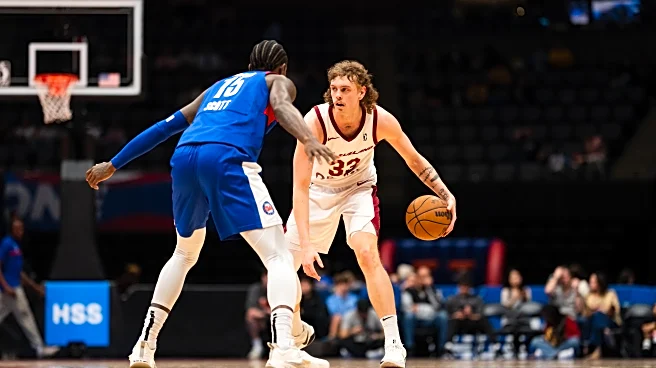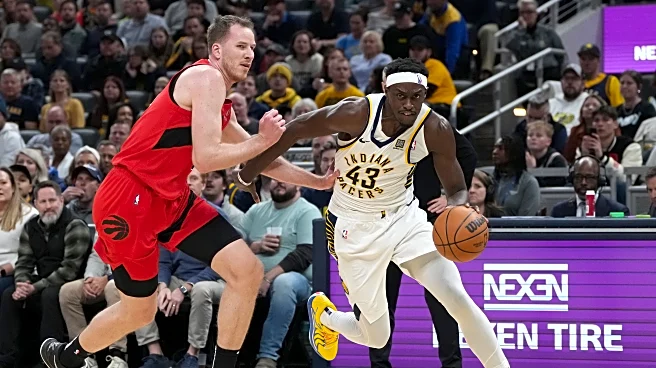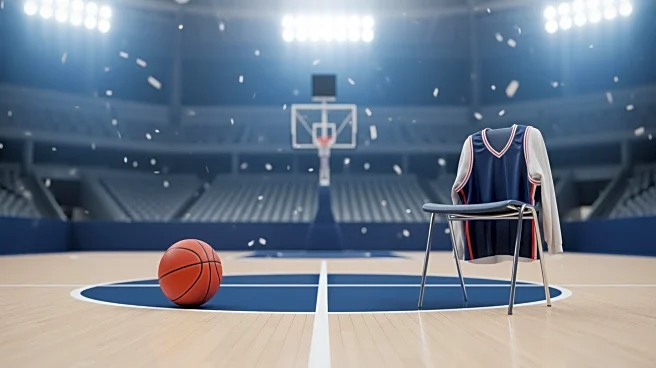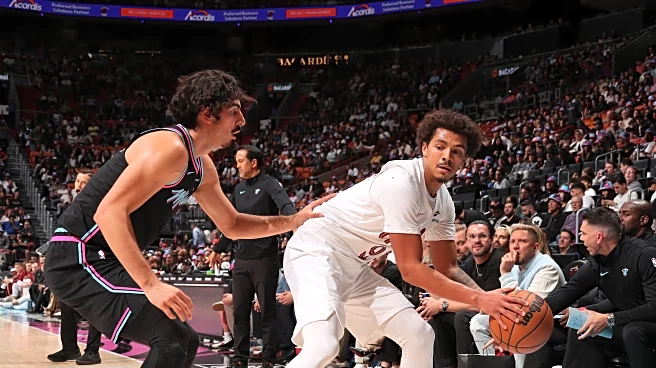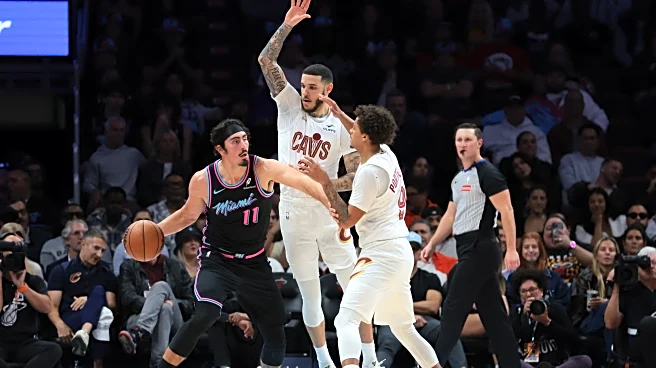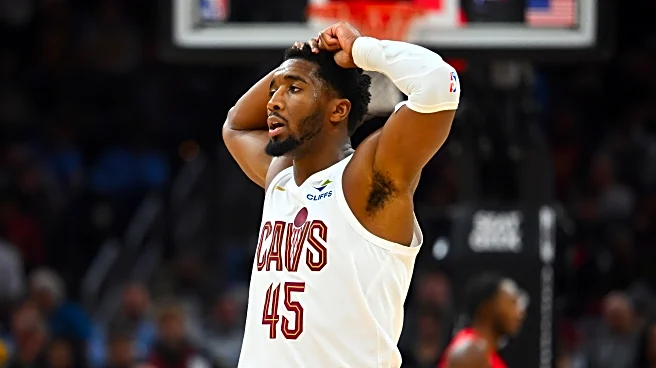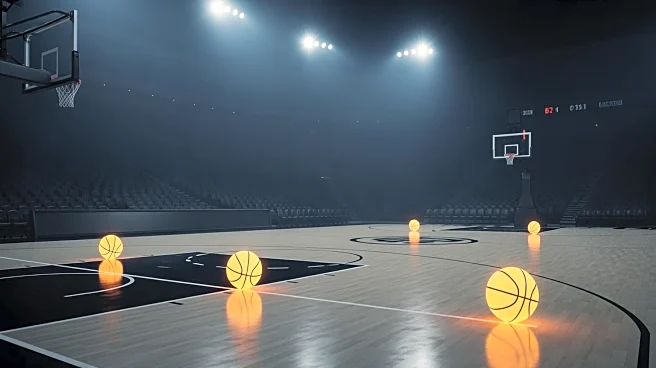Success for most professional basketball teams is measured in wins and losses. That isn’t the case for the Cleveland Charge, G League affiliate of the Cleveland Cavaliers. Their primary goal this season is to see meaningful improvement from their players so that they’re better set up for wherever their basketball career takes them next.
“The best G League teams develop skill, and they develop habits,” Charge head coach Eli Kell-Abrams said to Fear the Sword. “Player development is our North Star.
We’re trying to find the next Dean Wade, the next Sam Merrill, Craig Porter Jr. Can we turn some of our guys into those guys?”
Wednesday’s Cavs game is a good example of some of the success that the Charge would like to see. Current Charge players Luke Travers and Nae’Qwan Tomlin made positive contributions in the Cavs’ recent surprise win over the Miami Heat. That is just one example of what success would look like.
“We are a G League team, we are a tool for the NBA, that’s why development will come first,” Charge general manager Liran Fanan told Fear the Sword. “If you look at the Cavs’ roster right now, Craig Porter, Sam Merrill, Dean Wade, these are guys that came from our G League program, and they’re Cavs rotation players. I think that’s an even bigger win than winning a G League championship.”
With that in mind, the Charge want to see how their two-way players in Travers, Tomlin, and Chris Livingston grow. They also want their players on standard G League contracts to get shots with either the Cavs, other NBA teams, or opportunities in international leagues.
Support us and Let ‘Em Know with Homage!

Anything bought from the links helps support Fear the Sword. You can find the awesome Cavs’ Starter jacket HERE. Homage’s entire Cavs collection can be found HERE.
This will be Travers’s second full season on a two-way deal. The team wants to see him become more comfortable with his outside shot.
“What I’ve seen about Luke in the preseason is just his willingness to shoot,” Kell-Abrams said. “I think that’s been huge. We’ve been super intentional about that this summer. As a staff, we want to pump him with confidence. ‘Man, let that thing fly.’ And he has been awesome. He hasn’t been scared to let it go. I think it’s opened up a new realm for his game.”
This will be Tomlin’s second full season with the Charge, but he wasn’t signed to a two-way contract until last March. This was his first full training camp and preseason with the Cavs. Given his unconventional basketball journey, this additional experience was important for him. The next step is seeing how his game can translate to an NBA context.
“Nae’Qwan, at his best, is one of the guys that’s constantly sprinting the floor,” Kell-Abrams said, “taking open shots, cutting without the ball, tagging up, crashing the offensive glass, defensive rebounding, looking to push, and just using his athletic gifts to make that unit more cohesive.”
One of the most difficult parts about evaluating talent in the G League is that players’ roles can differ drastically in the G League compared to what they would be in the NBA. For example, Tomlin will be initiating a lot of the offense for the Charge. He won’t be doing that for the Cavs. So, how do you replicate that role when he’s with the Charge?
“The first thing is clear and concise communication,” Kell-Abrams said when asked that same question. “Making sure that you’re intentional with your development [is crucial]. I think that’s how you make sure when he is with us that he gets the right reps. It’s not about coming down to us and scoring 50. If it happens, fantastic, but that’s not going to be his role with the Cavs. So how can we best, as leaders and as a staff, get him going in the right direction?”
The differences in roles can also make it difficult to evaluate talent. Skills that make you talented in the G League don’t necessarily translate to the NBA. Or if it does, how those skills show through won’t exactly be the same.
“What we’re looking at mainly is guys that are coachable and willing to accept a role,” Fanan said. “When they go up there (to the NBA), they’re not going to have the ball in their hands, they’re not going to be doing that. They’re mainly going to have some kind of a role that they need to accept. And we try to explain to them all the time…you accept the role, and you accept what you’re going to do in the NBA, and you’re going to be very successful.”
The goal for the Charge this season is clear. It’s all about player development. But if they’re able to do that well, winning will follow. We’ll see how that journey goes as the Charge have their home opener Friday evening against the Wisconsin Herd.
“If you develop winning habits, usually the winning comes,” Kell-Abrams said. “We want to challenge ourselves to do both. … So we want to develop these guys and we want to win.”
